An on-off toggle switch serves as a crucial component for directing electrical currents within circuits. These switches are essential for devices and systems that require switching between operational modes, such as industrial machinery, automotive applications, and a myriad of electronic devices.
Types and Characteristics of Toggle Switches
Toggle switches are available in a variety of forms, including momentary toggle switches, SPST toggle switches, and DPDT toggle switches, each distinguished by its own features. Momentary switches revert to their initial position when released, perfect for actions like sounding a horn that require brief engagement. SPST (Single Pole Single Throw) switches offer straightforward on-off functionality, commonly found in domestic appliances. DPDT (Double Pole Double Throw) switches manage two separate circuits concurrently, a feature indispensable in intricate electrical systems that necessitate dual control.
Structure and Operation of Toggle Switches
The anatomy of a toggle switch comprises an actuator, contacts, terminals, and a housing. The actuator, or lever, is the user's point of contact. When actuated, it shifts internal contacts to either complete or interrupt an electrical circuit. With a toggle switch in a 3-position configuration, the switch can engage with one of two circuits or remain in a neutral off state. Contacts are typically fashioned from conductive materials such as copper or silver to minimize resistance and maximize efficiency.
Materials and Their Properties
Selecting appropriate materials is vital for the functionality and durability of toggle switches. Contacts are often crafted from copper due to its superior conductivity, while the housing is constructed from robust materials like stainless steel, ABS, or nylon to endure physical strain and environmental conditions. Stainless steel's resistance to rust and corrosion renders it ideal for switches exposed to moisture or chemicals.
Business Usages and Applications
Toggle switches find applications across diverse sectors, from the automotive industry, where they manage lighting and accessories, to industrial environments, where they might form part of safety mechanisms or control panels. In maritime contexts, rocker switches with on-off-on functionality facilitate the transition between different dashboard instrument readings. These switches enhance operational efficiency and safety, enabling swift state transitions without complex commands or multiple inputs.
Functions and Tasks
The fundamental role of a toggle switch is to open or close an electrical circuit. A single pole double throw toggle switch can link a common terminal to one of two others, thus controlling two distinct functions or devices. SPDT toggle switches offer flexibility in circuit design, allowing for more sophisticated control with a singular switch.
Distinctive Features and Capabilities
Toggle switches are celebrated for their robustness and user-friendliness. Attributes such as insulation resistance and contact resistance are pivotal advantages, ensuring efficient operation without energy dissipation. The tactile response of a toggle switch provides an unmistakable indication of its status, a straightforward yet essential aspect for user interaction.
Benefits and Positive Outcomes
Employing a toggle switch with a single pole single throw can streamline an electrical system's design by diminishing the necessity for multiple switches. This not only conserves space but also simplifies the user interface. The dependability and extended electrical lifespan of these switches make them a cost-effective choice over time, curtailing the frequency of replacements.
How to Use and Operate Toggle Switches Effectively
Manipulating a toggle switch is intuitive: flipping the lever to one side establishes a circuit, while flipping it to the opposite side severs the connection. For a toggle switch with on-off-on positions, the central position typically denotes the off state, with each flank representing a distinct on state. It is crucial to operate the switch within its electrical rating to avert damage.
How to Choose the Right Toggle Switch
In selecting a toggle switch, one must consider the electrical demands of the application, the operating environment, and the requisite terminal connections. For heavy-duty tasks, a switch with a higher current capacity, such as a DPDT toggle switch, may be necessary. Switches with high insulation resistance are preferable for settings with moisture.
How to Clean and Maintain Toggle Switches
Maintenance of toggle switches involves ensuring they remain free from dust and debris, which could hinder their function. Employ a soft brush or compressed air to cleanse the switch housing without dismantling it. Periodic inspections for loose terminals or signs of deterioration can preserve their operational integrity and safety.
How to Install a Toggle Switch
Installing a toggle switch entails securing it in place, typically with a mounting nut, and connecting the wires to the terminals as per the circuit diagram. It is imperative to verify that the switch is adequately rated for the circuit's voltage and current and that all connections are firm to prevent electrical faults.
Target Audience and Meeting Needs
The primary clientele for toggle switches includes electricians, engineers, and technicians within the automotive, marine, and manufacturing industries. These switches satisfy the demands of professionals seeking dependable and uncomplicated solutions for managing electrical circuits. Their straightforward usage and installation make them a favored option for both novel designs and maintenance tasks.
How does an off on off toggle switch differ from other types?
An off on off toggle switch distinctly offers an off position at both extremes of its range, ensuring that the connected apparatus is entirely disengaged from power when in the off state. This feature is particularly crucial for safety and conserving energy.
What are the considerations for switch toggle on off installation?
When fitting a switch toggle on off, it is essential to confirm the switch's compatibility with the electrical system's voltage and current specifications. The switch must be mounted firmly to prevent displacement, and the terminals must be correctly connected to preclude short circuits. Adhering to the manufacturer's specific installation guidelines is also important for safe and effective operation.
How to maintain the longevity of a toggle on off on switch?
To ensure the longevity of a toggle on off on switch, it is crucial to operate it within its designated electrical ratings to avoid damage. Routine checks for wear or damage, such as corrosion or loosened terminals, can forestall malfunctions. Keeping the switch clean and dry will also extend its life, guaranteeing consistent performance over time.



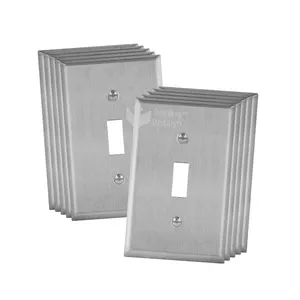





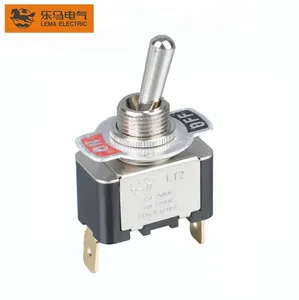


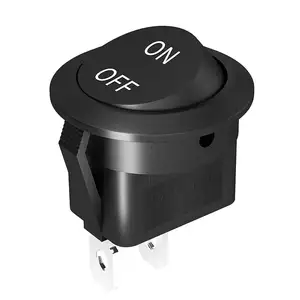







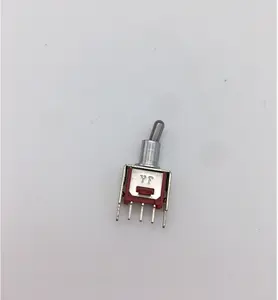


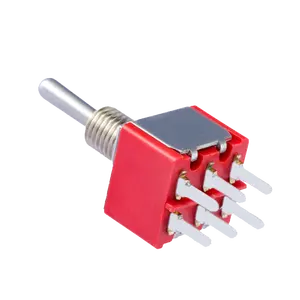









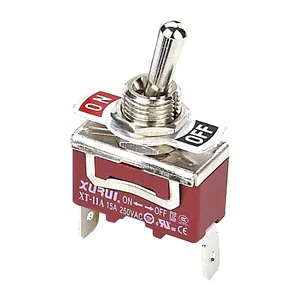


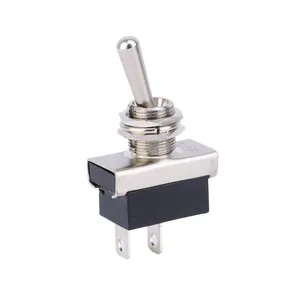



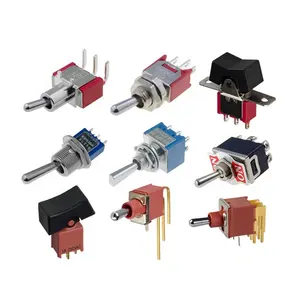
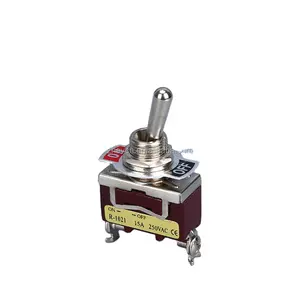

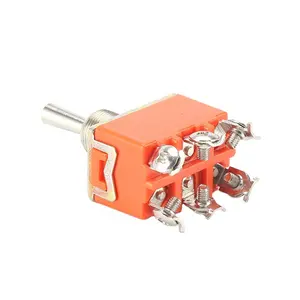

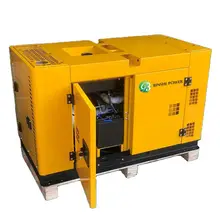



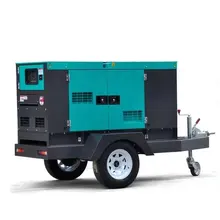























 浙公网安备 33010002000092号
浙公网安备 33010002000092号 浙B2-20120091-4
浙B2-20120091-4